Brex and Wise are Solving Growing Pain Points for Employers: Global Employee Reimbursements
The “Going Global” Challenge In today’s post-pandemic world where employees can work from anywhere and companies are more frequently hiring beyond their...
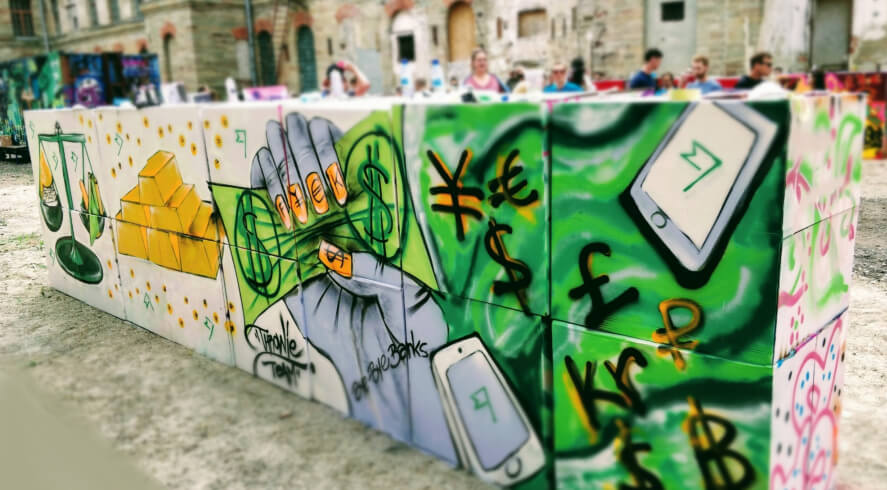
Money is information. Using, storing and moving money should be as cheap and instant as exchanging information. As cheap as sending an email. And certainly it shouldn’t be more expensive or slower if the information crosses country borders.
That’s not the reality, though. World Bank¹ calculates that people lose 7% on average on cross border payments, others triangulate the total fees banks charge be $200bn. With Wise we’ve brought the fees down to 0.3% on some routes, but we believe it can and should be much cheaper. We have made 27 price drops in the last 9 months and plan many many more. Here’s how we do it.
We’re very proud of the progress we’ve made so far. Depending on the amount, it can easily be 8x cheaper to use Wise compared to your bank, who are hiding their fee in the exchange rate². We will eventually get the cost very close to zero and most transfers happen instantly. But why is it so hard – why does it still cost money to move money on Wise?
Firstly, it still costs us money to move money. Even 8 years after we started working on it. There are direct costs related to moving money from your bank to us, making payouts in 56 countries and managing pools of currency across our network.
A lot of the work we have automated, but many things we still need to do manually – whether that is operating payments, onboarding users or answering emails, calls and chats when users need help. Just to put it in context, we respond to 150,000+ user contacts every month. All the people doing this work make up our servicing cost.
Secondly, it costs money to make payments ever cheaper. That’s mostly our engineering and product-building investment. On our most efficient routes we invest nearly half of the fees back into product – into engineers, working on making payments faster, cheaper, more convenient.
The big buckets of our costs split across these three groups:
Here’s an example of a 2000 GBP transfer on one of our more efficient routes, with a fee calculated as 80p + 0.4%.
It’s by design that the fees cover the costs, product investments plus leave a little margin. This margin today covers our spend on marketing and campaigning for transparency.
Transfers from cards have different economics than the low cost bank-to-bank transfers. The card interchange fee - charged by the card-issuing bank - adds at least 0.2% to the cost and makes the transfer 50% more expensive on the exact same route.
As we got really anatomical with the costs, it became abundantly clear how we can get the cost of transfers down even closer to zero. Every part of the cost formula has its own solution.
Solution: competition. If you’ve ever tried negotiating fees with a bank you know it is a waste of time, until you have a competitive offer from another bank on the table. In most countries we’re connected to the local payment systems through multiple local banks. Partly to ensure our users can still make payments if one of the banks is down, but equally importantly to be able to negotiate the fees.
The only thing better than being able to choose between multiple banks is not having to rely on banks at all. When we started in the UK, the best I could negotiate with a commercial bank was a fee of £1.50 per payment. Since we’re directly connected to Bank of England³ and the payment network – this cost has gone down 50x.
Solution: automation. In fact, automating the manual processes and interactions with local banking systems is only part of the solution. The other part is building a product experience which is so obvious, that it doesn’t raise any questions. If the experience is clean, then users don’t get confused and they never need to call or email the support.
Solution: growth. Since 2011 we have always been searching for, interviewing, hiring and onboarding engineers. Every day, for 7 years and counting. Our product engineering team has grown to 300 people. It’s been crazy fast. But our volumes have grown much faster. As long as the growth of our volumes keeps outpacing the speed at which we can onboard new people, this investment naturally becomes a smaller proportion of transfer fees.
The biggest drivers are our users themselves – every person and a business they tell about their Wise experience will be a potential new user, bring more volume to the platform and make the costs cheaper for everyone.
We set our prices first in 2011 to be at 0.5% and also set a minimum, e.g. £2.00 to make sure we cover the transaction costs. It turned out our costs had no “minimum”, but were rather made up a fixed cost per transaction and cost per volume. Therefore the correct formula is something more like: 0.4% + 80p.
With the first round of price changes we changed from minimum fees to transaction fees. It has the positive effect of making small payments under £400 and large payments cheaper, but also a negative effect for people transferring between £400 and £800. A lot of transfers fell into that £400-£800 bracket and for many users we first had to bring bad news due to that correction.
While working towards our mission zero, we have understood some guiding principles that make it easier for us to drop fees. In order to achieve mission 0, we need to get to mission 0.1% and even before that to mission 0.2%. We have just reached 0.3% on some routes, the road ahead is clear.
We have worked out a few guiding principles for ourselves
Because we follow these guidelines we have become very exact in the pricing. Every route has their own price and their own journey towards zero. Recently one of our first investors Jesse Beyroutey shared his thinking on why it makes sense to fund this price lowering mission.
In the last 9 months we’ve made 27 price drops and changed fees on all of our 1400 routes. For the vast majority of routes, there is now a cheaper option than before – often 2x cheaper. Here’s just one example:
Here’s a selection of recent price changes:
More price drops. We have two goals – we’ve shown that 0.3% is sustainably possible on some routes – how can we now get most of the worlds’ routes onto 0.3%. The next challenge is 0.2% Our mission remains to make money move cross borders eventually for free. The path there takes us to 0.3% then to 0.2% and then to 0.1%.
Sources:
1.https://remittanceprices.worldbank.org/sites/default/files/rpw_report_march2018.pdf (August 15, 2018)
2.http://www.thisismoney.co.uk/money/saving/article-2720741/How-cut-costs-sending-money-abroad.html (August 15, 2018)
3.https://www.ft.com/content/78886740-42e9-11e8-803a-295c97e6fd0b (August 15, 2018)
*Please see terms of use and product availability for your region or visit Wise fees and pricing for the most up to date pricing and fee information.
This publication is provided for general information purposes and does not constitute legal, tax or other professional advice from Wise Payments Limited or its subsidiaries and its affiliates, and it is not intended as a substitute for obtaining advice from a financial advisor or any other professional.
We make no representations, warranties or guarantees, whether expressed or implied, that the content in the publication is accurate, complete or up to date.
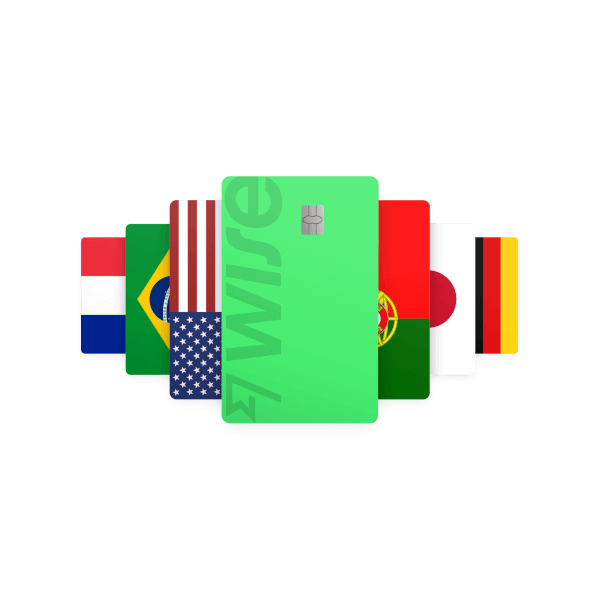
The “Going Global” Challenge In today’s post-pandemic world where employees can work from anywhere and companies are more frequently hiring beyond their...
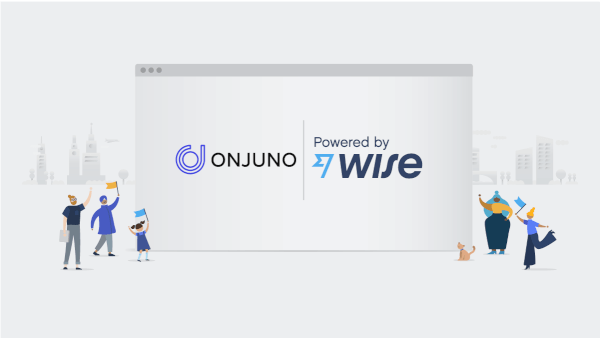
Juno partners with Wise Platform to bring cheaper, faster international payments to customers We are really excited to announce that Wise Platform has...
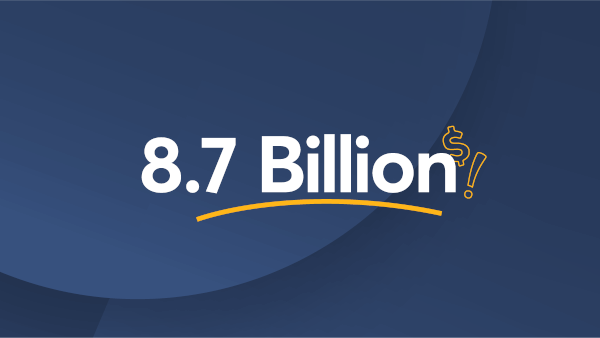
Hidden exchange rate markups estimated to cost Americans $8.7 billion in 2019 Consumers and businesses lose billions every year when they send and spend money...

We’ve just finished Q3. It’s time for an update on how much closer we’ve got to making our mission of Money Without Borders a reality.
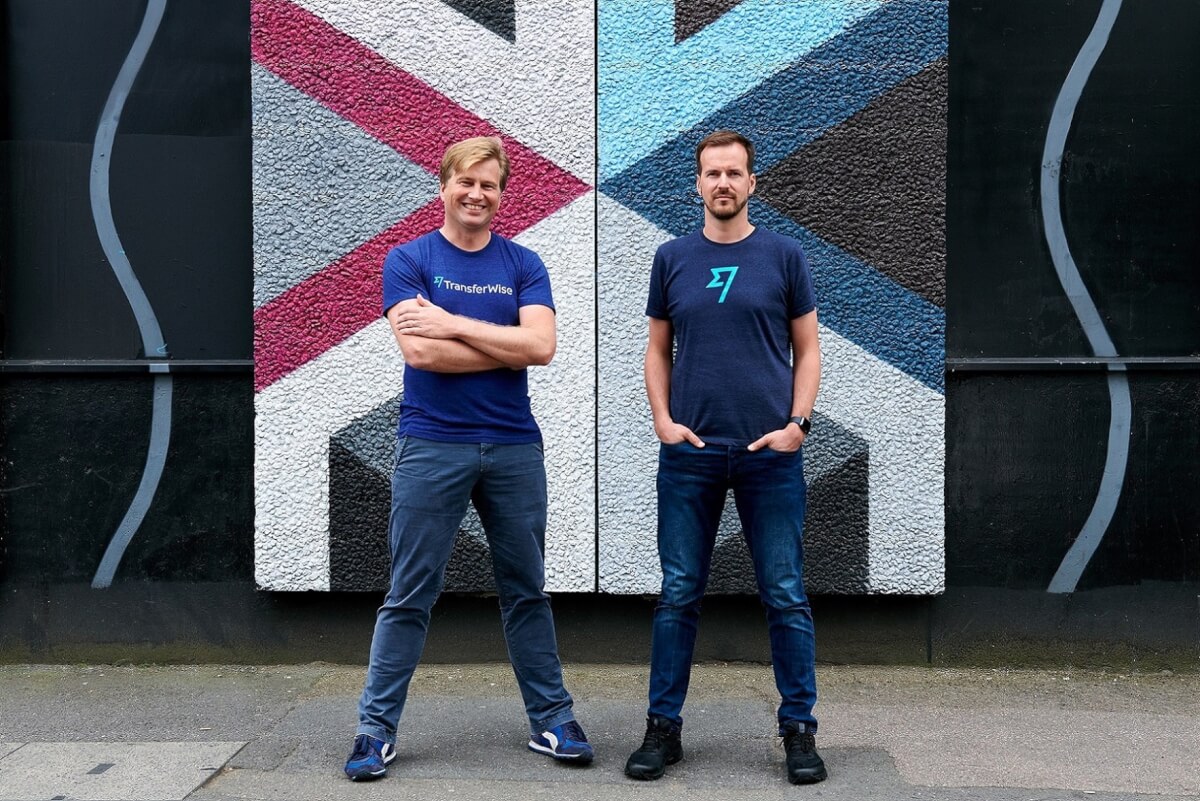
Our mission has become irreversible, the company financially independent, and adoption continues to accelerate. Thank you - Wise customers - for...
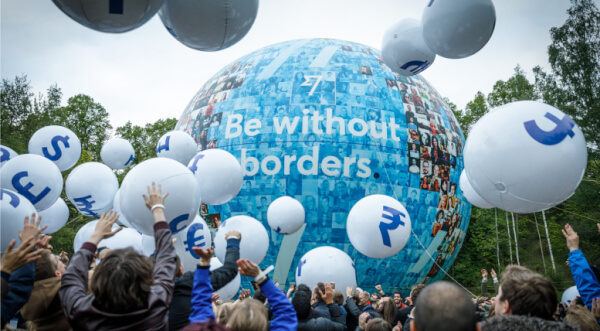
To the Wise community When my co-founder and I launched Wise 7 years ago, we set out to irreversibly fix how money doesn’t work across...